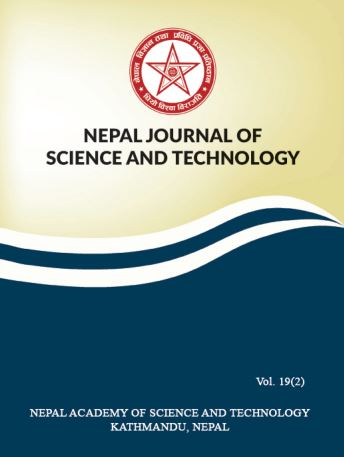Investigation on Lateral Loading on Masonry Walls
DOI:
https://doi.org/10.3126/njst.v20i1.39385Keywords:
Lateral Loading, CFRP, gorkha earthquakeAbstract
5)
Though a traditional material used for construction for ages, masonry is a complex composite material, and its mechanical behavior is influenced by a large number of factors, is not generally well understood. This research aims to study the methodology available in the literature to evaluate the increase in performance of masonry by applying different reinforcement options under in-plane lateral loading. Nonlinear static analysis has been carried out as part of this research to achieve the above objectives. Different unreinforced masonry wall panels were analyzed at various load conditions. Material properties for the masonry wall were taken from the experimental test results of previous literature. The walls were first checked for two failure mechanisms. The stress distributions of walls were checked in each step of analysis and shear failure, and rocking failure was found. Each wall was then analyzed for six different reinforcement options. The comparison of results obtained from the reinforced wall analysis with that of the unreinforced wall indicated significant increase in lateral load-bearing capacity and decreased wall displacement with reinforcement. The maximum increase in load-bearing capacity was achieved by adding chicken wire mesh or CFRP bands throughout the wall while the maximum decrease in displacement was achieved by adding 12 mm diameter bars at the spacing of one meter.
Downloads
Downloads
Published
How to Cite
Issue
Section
License
Copyright (c) 2021 Hari Ram Parajuli, Arjun Ghimire

This work is licensed under a Creative Commons Attribution-NonCommercial 4.0 International License.
Authors retain copyright and grant the journal right of first publication.




